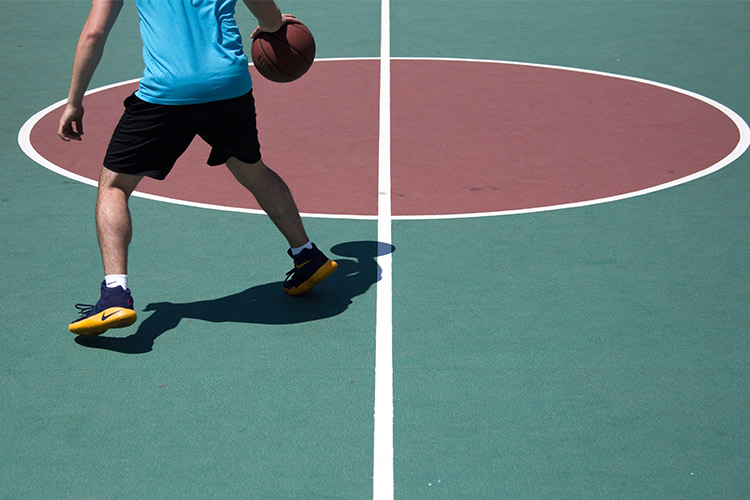IMU - Greater Than the Sum of Their Parts
The use of inertial measurement units (IMU) has exploded over the last decade with motion sensors found in various sports tracking technologies. An IMU is a collection of sensors including an accelerometer, gyroscope and magnetometer, that collects data based on the movement of the unit. Raw data is easily collected by inertial measurement units, and many sports technology companies will refine this data using algorithms and in-depth calculations to produce digestible metrics. Though the hardware itself is relatively cheap to manufacture, the algorithms and software applied to the raw data from the IMU provide the real value to the end user.
The Quantified Athlete
Simple use cases of inertial measurement units (IMUs) include sleep trackers to detect changes in motion when sleeping, pedometers to detect and count foot strikes and more advanced sensors that detect the time and magnitude of foot strikes. Collision sports practitioners have used IMUs in recent years to improve athlete safety and performance. Sports performance and medical practitioners can monitor the severity of impacts incurred by their star players simply by placing an IMU on their back. Monitoring tackles and impacts in sports like rugby has given sports scientists valuable data so they can periodize the impact stress in contact sport.

IMU Placement is Paramount
IMU placement has a huge impact on their usability and their ability to produce meaningful data. With all wearable technology, athlete buy in has to be paramount when practitioners are considering investment into new equipment. If an athlete is not comfortable wearing a sensor, it’s going to be an uphill battle to convince them of the benefits of the data being collected. Placing a sensor on or near a body part directly related to the sport may be the prime location in terms of data accuracy and data quality, but if the athlete feels it interferes with execution, they aren’t going to wear it.
IMUs generate a large amount of data. This has led to a new sector in the sports performance industry, machine learning and artificial intelligence. Data from more up to date IMUs is often transmitted straight to app based devices such as smartphones and tablets which again enable the collection of data in the athletes own environment. Live data collection gives coaches and practitioners the ability to make training adjustments on the go.
Turning Research in Practice
Lots of data can be generated from inertial sensors. But how do coaches, sports scientists and medical professionals use this data in practice? Listed below are a number of resources from elite practitioners who explain how they go about translating data into action.
- Using step intensity and tibial shock to guide recovery from navicular fracture. A case study with Holly Lawrence.
- Lower limb monitoring for injury rehab. A case study with the University of Memphis.
- Using inertial sensors to improve the return to play process. A case study with Loughborough University.
- Wearable Technology in Tennis Unlocks New Potential in Performance and Rehabilitation

